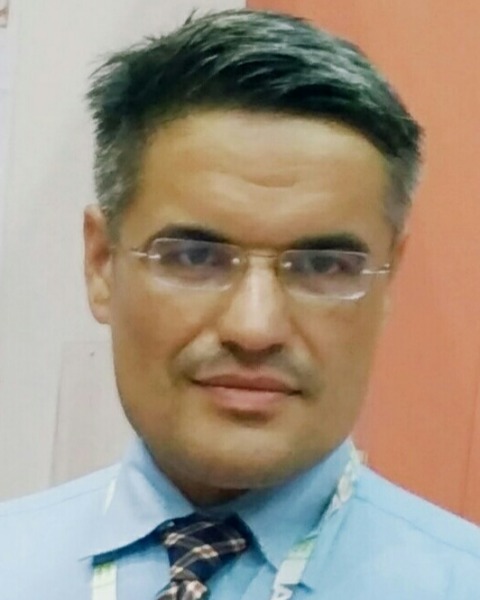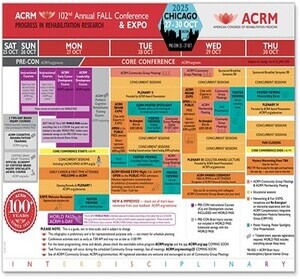Limb Care
Pain Rehabilitation
Rehabilitation Treatment Specification System
Spasticity
Technology
Scapular Dyskinesis as a Biomechanical Driver of Tension-type Headache: A Functional Approach with DNS and Motion-guided Neuromuscular Stimulation
Tuesday, October 28, 2025
7:30 PM - 7:45 PM
Location: Station 4

Lev Kalika
DABPMR, RMSK
New York Dynamic Neuromuscular Rehabilitation & Physical Therapy
Rostyslav Bubnov, dr.rbubnov@gmail.com
Ultrasound doctor
Clinical hospital `Pheophania`, Kyiv
Non-presenting Author(s)
Presenting Author(s)
Learning Objectives:
- Upon completion, participants will be able to describe the biomechanical role of the scapula in postural control and its contribution to tension-type headache (TTH).
- Upon completion, participants will be able to identify key kinematic abnormalities associated with scapular dyskinesis in patients with chronic TTH.
- Upon completion, participants will be able to demonstrate the use of 3D scapular motion analysis tools (e.g., ShowMotion™) to assess scapular dynamics.
- Upon completion, participants will be able to apply principles of Dynamic Neuromuscular Stabilization (DNS) and neuromodulation techniques in the rehabilitation of scapular dyskinesis.
- Upon completion, participants will be able to evaluate the effectiveness of individualized, kinematic-guided interventions in reducing headache symptoms and improving scapular function.

.jpg)
.jpg)
.jpg)
.jpg)
.jpg)
